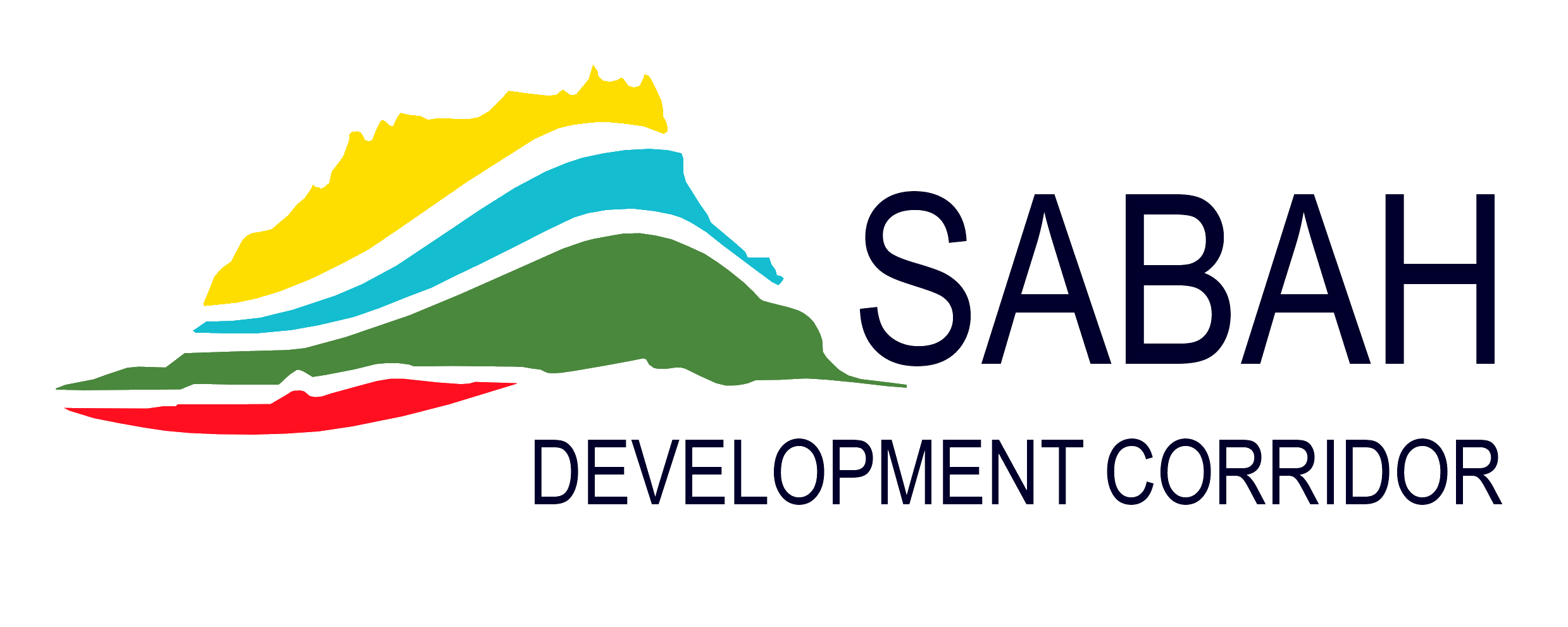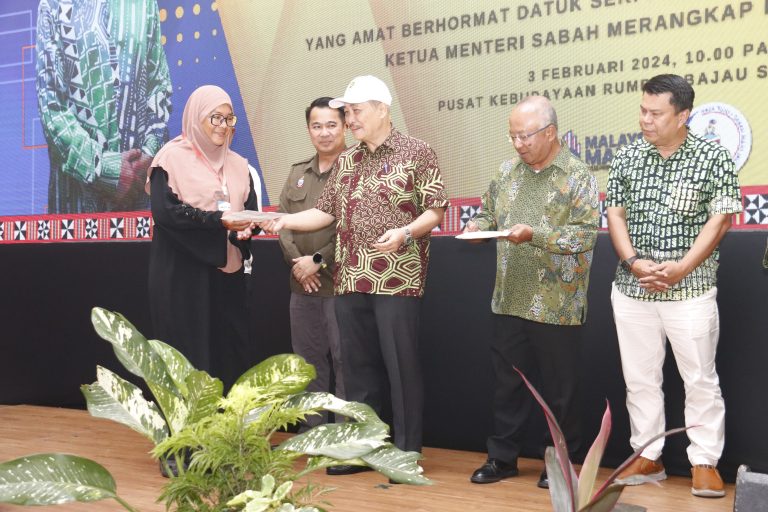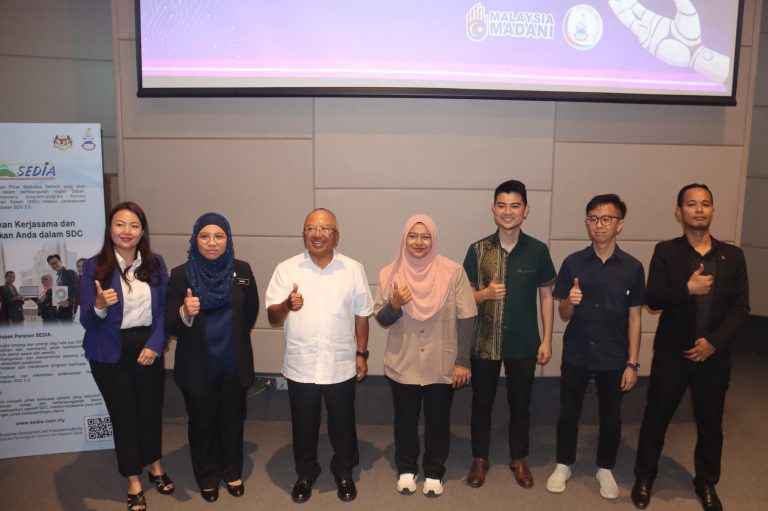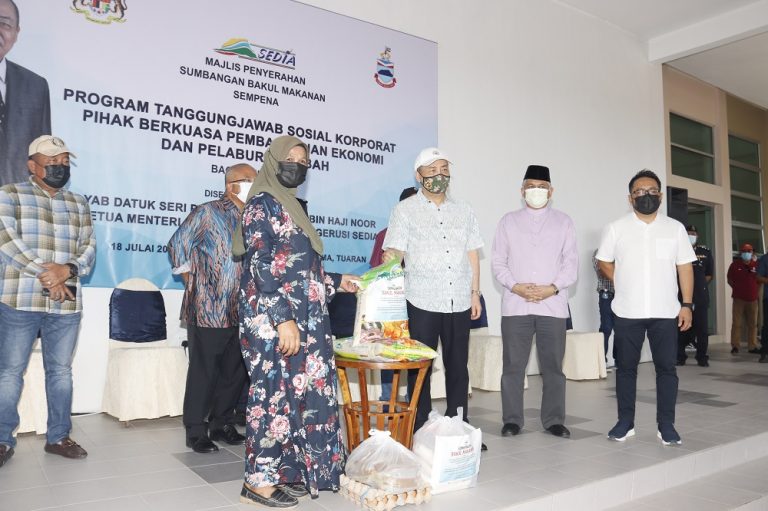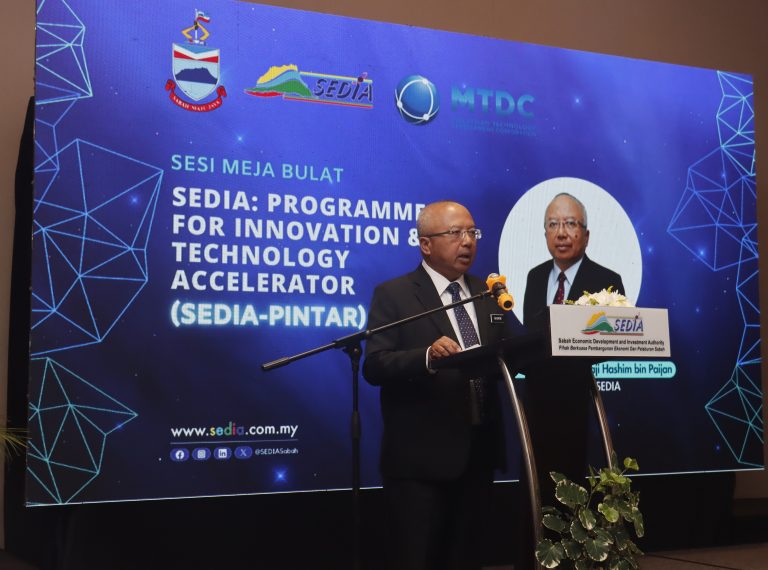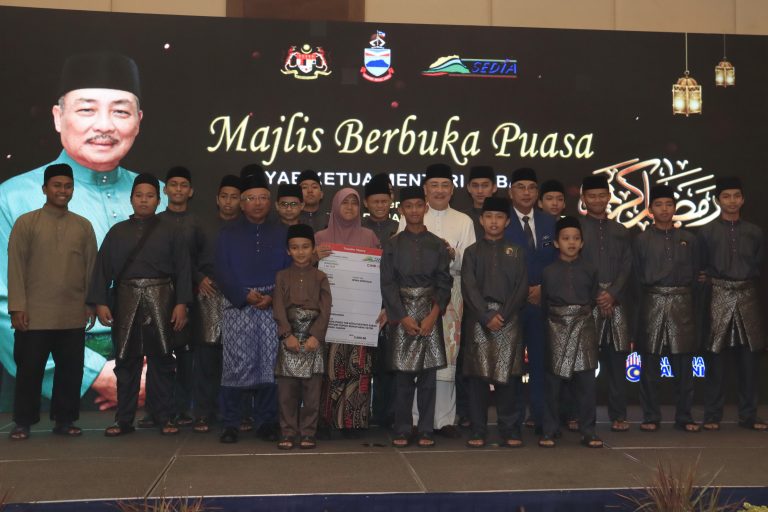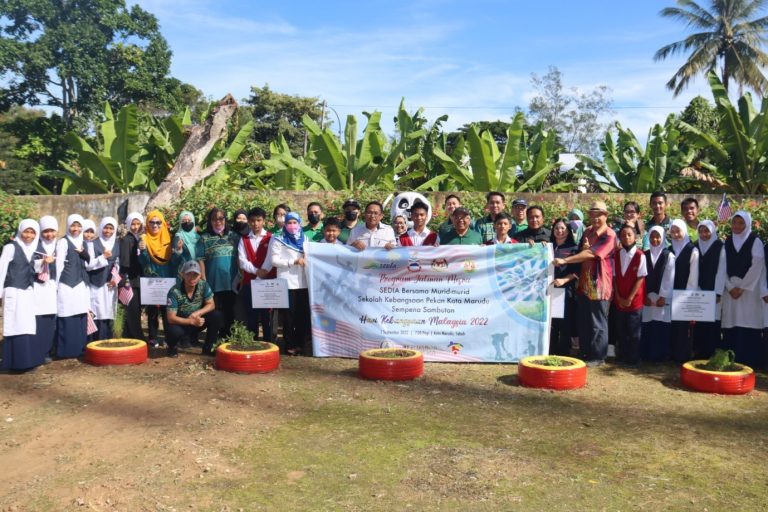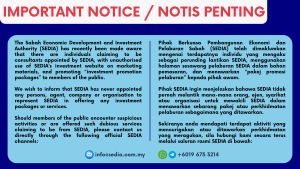SEDIA Continues Economic Growth through SDC Blueprint 2.0
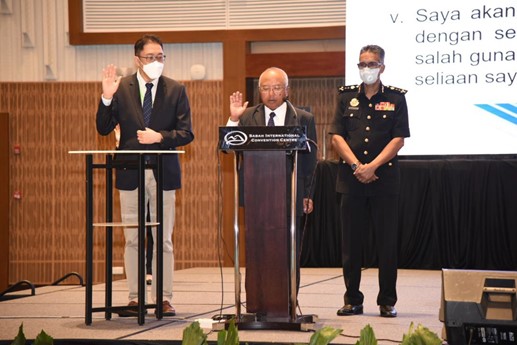
Kota Kinabalu (Friday) – The Sabah Economic Development and Investment Authority (SEDIA) this morning held a briefing on the Sabah Development Corridor (SDC) Blueprint 2.0, with its management and staff as well as several SDC-related stakeholders in attendance. The event also saw a corruption-free pledge by SEDIA management and staffs as witnessed by the Malaysian Anti-Corruption Commission.
The event was held with the intention of:
- Explaining as well as bringing awareness, and increasing understanding of the SDC Blueprint 2.0;
- Strengthening cooperation and networking with SEDIA’s stakeholders;
- Lending confidence to stakeholders through a Corruption-Free Pledge; and
- Improving SEDIA’s reputation as the main implementing body for the SDC Blueprint 2.0.
The SDC was launched on January 29, 2008 to enhance the quality of life of the people by accelerating the growth of Sabah’s economy, promoting regional balance and bridging the rural-urban divide while ensuring sustainable management of the state’s resources. The central theme of the original SDC Blueprint (2008–2025) was “Harnessing Unity for Wealth Creation and Social Well-Being”. It is now superseded by the SDC Blueprint 2.0 (2021–2030) — its theme being “Sustainable Growth with Equity and Social Inclusion” — which is a strategic plan that charts Sabah’s development till 2030, having appraised the progress made during the first SDC Blueprint and taken into account the opportunities and challenging economic environment going forward. The process involved extensive research and analysis, as well as engagement with a number of stakeholders within and outside Sabah.
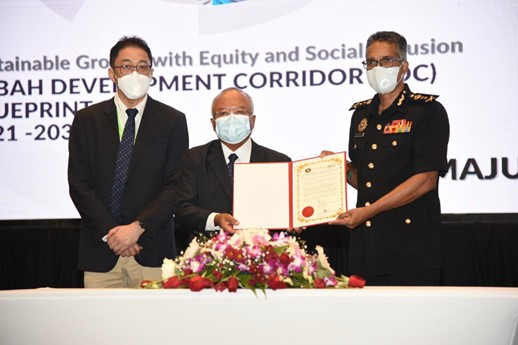
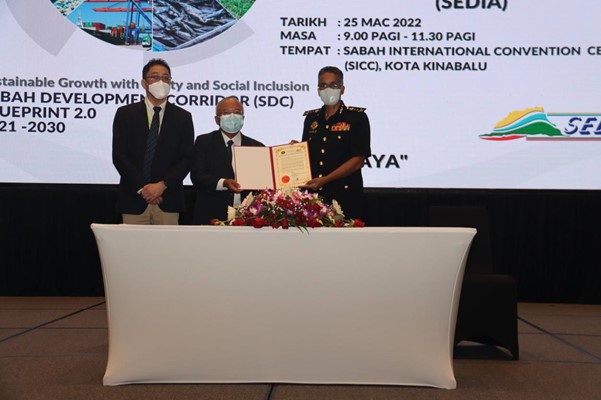
The new blueprint was finalised at an important juncture in Sabah’s development journey, amidst uncertainties arising from the COVID-19 pandemic. This blueprint is aligned with the Federal Government’s Shared Prosperity Vision 2030 (SPV2030) and Keluarga Malaysia concept as well as the State Government’s Sabah Maju Jaya plan. Additionally, in line with Malaysia’s commitments towards responsible global citizenship, the SDC Blueprint 2.0 provides an opportunity to connect Sabah’s development priorities with the United Nations Sustainable Development Goals. Continuing the legacy of the first blueprint, the SDC Blueprint 2.0 will ensure holistic development through economic growth that is inclusive and sustainable.
Five strengths stand out for Sabah moving forward: strategic location, biodiversity hotspots, rich natural resources, a nascent manufacturing sector, and a large talent pool.

The SDC’s strengths were recalibrated relative to other states in Malaysia, and in consideration of regional opportunities within the Brunei-Indonesia-Malaysia- Philippines East ASEAN Growth Area (BIMP-EAGA); on this note, SEDIA has begun a study titled “Sabah Border Economic Development Master Plan Study, in view of Indonesia’s upcoming capital Nusantara.
The SDC Blueprint 2.0 is an ambitious, transformative plan formulated to stimulate economic growth while ensuring inclusivity and sustainability. Effective implementation is vital to ensure that the SDC Blueprint 2.0 theme — Sustainable Growth with Equity and Social Inclusion — becomes a reality. Towards this end, the SDC delivery mechanism has been updated in response to the changing economic and social environment. SEDIA continues to promote and accelerate the growth of the SDC, while ensuring that social, environmental and sustainable development priorities are upheld.
The current institutional framework for the SDC is well laid out, with SEDIA as an agency of the Federal Government, working under the State Government, and in close collaboration with State Agencies and local authorities. As an agency with links to both the Federal and State governments, SEDIA plays a key role in connecting investors, businesses, the government, talents and communities to deliver outcomes across the SDC, as guided by the SDC Blueprint. Going forward, SEDIA’s role remains vital to ensure effective delivery of the SDC Blueprint 2.0 in line with the aspirations of SPV2030 and Sabah Maju Jaya. The SDC’s delivery mechanism will be enhanced in five areas in response to the changing economic and social environment.
- Strategise and Synergise direction for the SDC to ensure achievement of balanced development aspirations, and that all SDC initiatives are aligned with National and State development policies;
- Engage and Facilitate stakeholders across the public and private sectors to ensure effective collaboration towards implementation of SDC initiatives;
- Develop and Promote investment opportunities and the investment ecosystem to attract a diversified range of investors, and increase realised investment rates;
- Initiative and Execute high impact programmes to deliver tangible outcomes through transformative projects; and
- Advise on, and Monitor implementation of the SDC Blueprint 2.0 to ensure not just timely completion but also that desired outcomes are delivered.
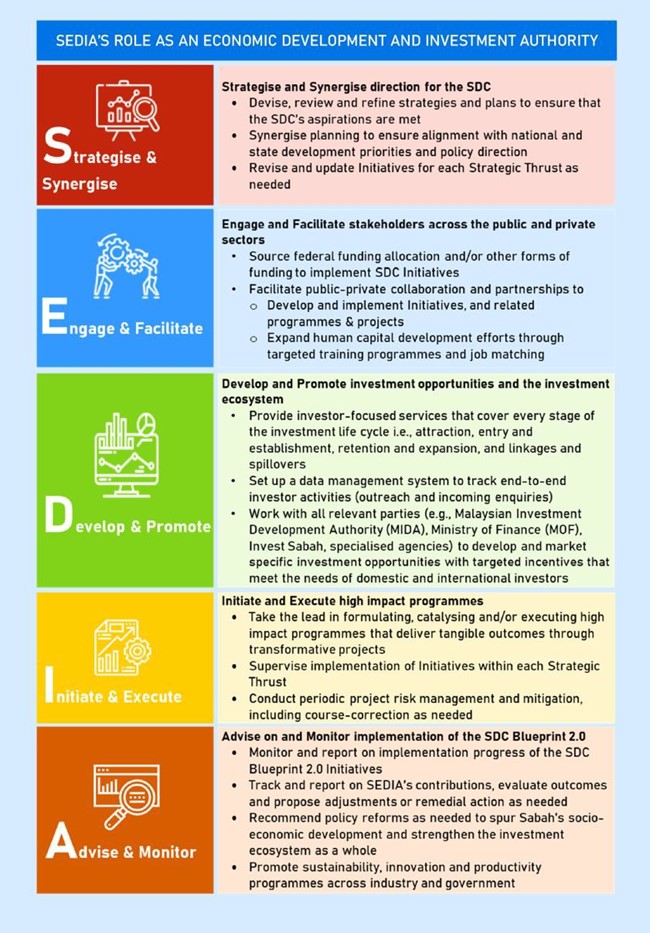
SEDIA will work together with all agencies at the Federal and State levels, to take on a positive role in attracting private investments and aligning public spending so that the development projects are implemented as planned and in accordance with the strategies of the SDC Blueprint 2.0.
